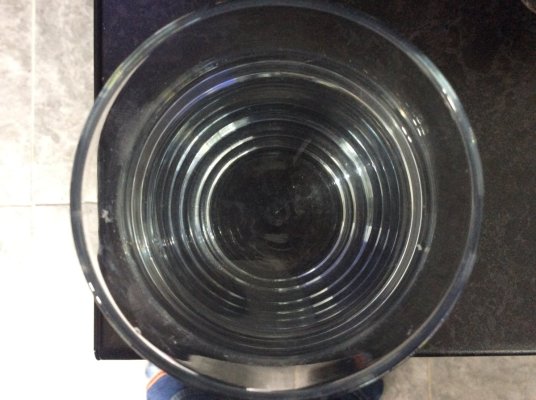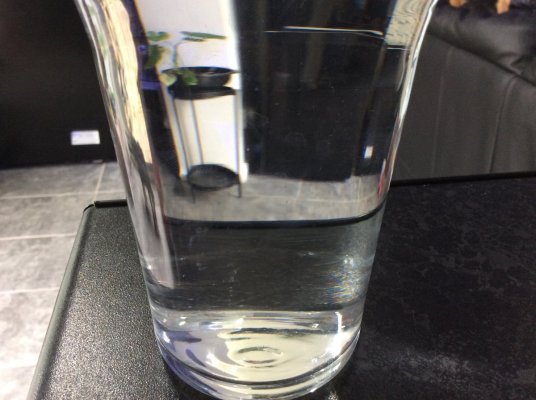Mind blown.
Got to the 90DKH solution before it was all dripped into the tank.
A few calcium crystals added, dissolved in 1 pint(ish)
1/3 teaspoon added, dissolved after quick stir;
I’ll keep hold of this and see if it’s stable.
pH of resulting solution is 8.05ish
pH of startup saltwater is 8ish
Result after checking salinity of solution to make sure I’m not going mad. Near the 1.030 mark. I would like someone to replicate if possible.
Got to the 90DKH solution before it was all dripped into the tank.
A few calcium crystals added, dissolved in 1 pint(ish)
1/3 teaspoon added, dissolved after quick stir;
I’ll keep hold of this and see if it’s stable.
pH of resulting solution is 8.05ish
pH of startup saltwater is 8ish
Result after checking salinity of solution to make sure I’m not going mad. Near the 1.030 mark. I would like someone to replicate if possible.

















